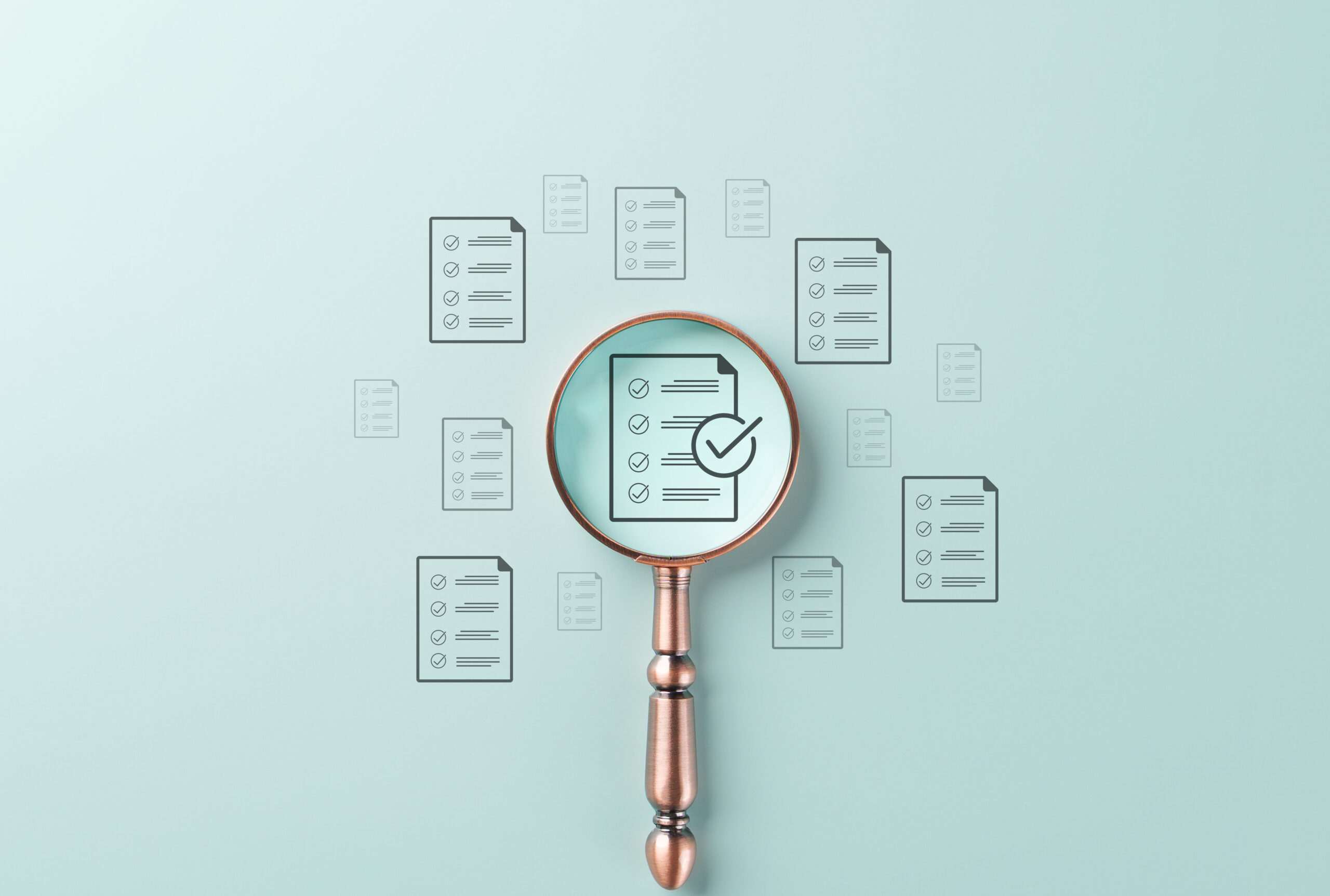Paul Heath calls upon all learning and development pros to be ready for technological change
The pressure on businesses and their employees to adopt technology and transform digitally is ever-increasing.
But when the pace of change is so rapid, how do learning and development (L&D) professionals ensure their people can keep up and succeed?
L&D people must adopt the latest learning methods. Training is no longer just about making information available but helping individuals become the best versions of themselves.
The pace of change
For many firms and their people, the pandemic introduced technology in a way they had not used it before. It transformed many business models and required employees to work in new ways.
Despite the growing importance of technology in the workplace, people remain critical to business success.
And the pace of change is only increasing.
In the last year alone, we have seen how artificial intelligence is impacting almost every sector and function.
We also see how it is changing the way people work and what skills employees need as businesses try to keep up with accelerating digital technologies.
The importance of people
Despite the growing importance of technology in the workplace, people remain critical to business success.
As the rise of AI continues at an ever-increasing pace, the people who will thrive are the ones who can master it, not the ones who will become reliant on it. Over the coming months and years, we will see a significant difference between the enthusiastic amateurs and the genuine experts.
So, the greater adoption of technology begs the question of how L&D professionals can ensure their people get the training they need during rapid change.
L&D professionals are realising that nurturing employees is crucial. So, how should they go about creating employees that are future fit?
New learning methods
First, businesses, L&D teams and employees must adopt the latest learning methods.
When employees can access almost anything they want from their phones, age-old methods of knowledge acquisition are under scrutiny. The conventional workshop has metamorphosed into a webcam session, but is this enough?
With many approaches available, businesses must discern what best resonates with their employees.
The overarching goal is not just about making information available but helping people become the best versions of themselves.
For L&D professionals, this translates to sourcing consultancies and training providers that offer a broad range of capabilities that can tackle the diverse nature of L&D issues digital transformation can elicit.
New learning methods now require a carefully curated mix of live learning, learning content and a learning platform.
Live learning helps inspire change and improves performance through high-impact sessions delivered in person where learning content creates sustainable change through relevant and engaging content.
A learning platform enables L&D professionals to help their people learn anywhere, anytime on any platform – essential for global businesses with a disparate workforce.
Through a combination of such learning methods, L&D professionals can help ensure their people can become the best versions of themselves.
New skills
Second, L&D professionals need to ensure their employees gain the transferable skills they need.
While specific roles might become obsolete, a certain mindset and skillset will become more relevant.
Employees need to develop a mindset of curious tenacity – or the desire for learning combined with the ability to do something with it.
When so much information competes for attention, businesses need their employees to be able to direct that learning and implement what they know to enhance performance.
With this mindset in place, employees can learn the skills they need to get future fit. Crucial skills include emotional intelligence, critical thinking, data analysis, creativity, and networking.
These competencies do not merely add to an employee’s CV; they pave the way for individuals to be agile thinkers in an unpredictable world.
They are as critical and relevant now as they have ever been.
Learning and development leaders
To adopt the latest learning techniques and ensure employees have the skillset and mindset they need, L&D professionals must lead the call for change within their organisations.
It is not enough to rely on the same old methods and content. L&D professionals should ask some critical questions.
Are they building networks across their organisation to better understand and meet the expectations of senior managers and employees?
Can they translate knowledge into a learning pathway that equips employees with the right future-ready skills?
Meeting the pace of change
We live and work in a complex and uncertain time. Digital technology is rapidly changing the content and nature of work.
There are many things which L&D professionals cannot know and can’t predict.
However, what they can do is ensure their learning and training methods meet the evolving needs of their people and the pace of change.
Through a mixture of live learning, learning content and a learning platform that instils a mindset of curious tenacity, L&D professionals can help their people and organisation respond to future challenges and uncertainties.
Paul Heath, Head of Client Solutions at L&D consultancy OnTrack International




